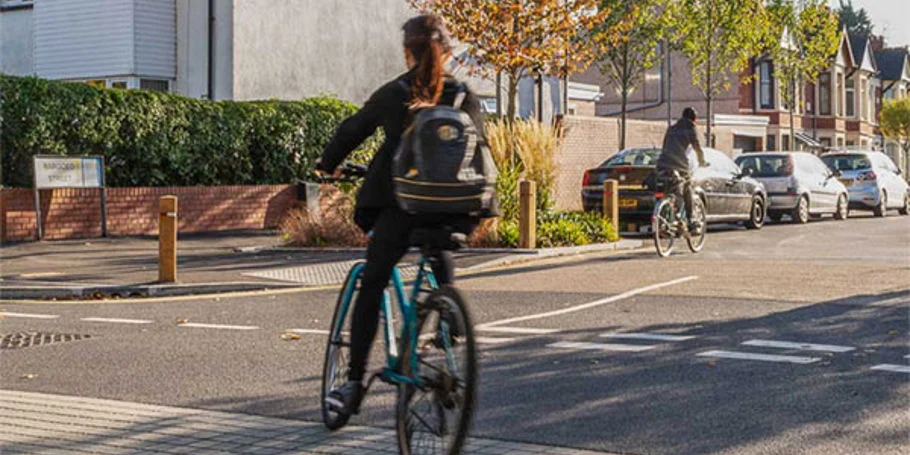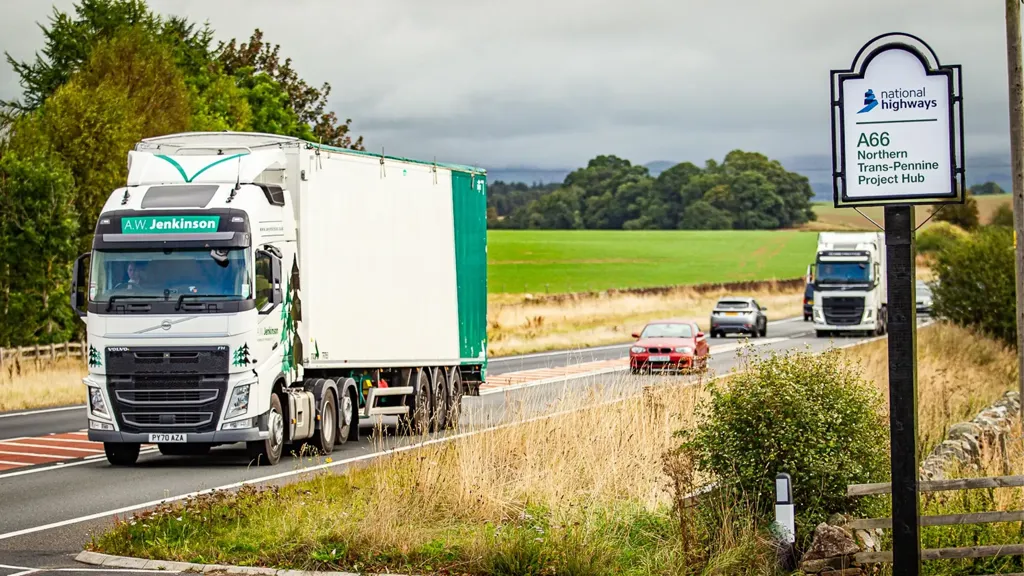In Hong Kong, with approximately 600,000 vehicles passing through the tolled tunnels and roads daily, many of the existing tunnels had been struggling to cope with traffic demand, particularly during the peak morning and evening rush hours.
The initiative to implement multi-lane free flow tolling system (FFTS) at all government-owned tolled roads and tunnels was part of the Hong Kong Smart City Blueprint. The implementation of an FFTS effectively enhances the strategic roads’ capacity to handle the peak demand and reduces the extent of congestion.
Arup brought together experts from several of the firm’s offices around the globe, in collaboration with the local project team, to deliver the first multi-lane FFTS for Hong Kong – HKeToll.
Letting the traffic flow
By using Radio Frequency Identification technology with the support of Automatic Number Plate Recognition technology, motorists can pay toll remotely without having to stop at manual toll booths or passing through tolled traffic lanes. When a vehicle passes through the toll point, the system will automatically detect the vehicle and collect the toll through toll tag or vehicle registration mark.
Our commission included conducting an international market sounding exercise to understand the up-to-date technologies and capabilities in the market. We designed the system architecture and workflow for the system and the functional and performance specifications for its implementation, including the infrastructure design. Cost estimates and the promotion plan were also developed, and the tender documentation was prepared.
With HKeToll’s implementation, vehicles can maintain their speed without the need to stop or slow down at toll booths, thereby alleviating traffic congestion, enhancing roadway capacity, shortening journey times and improving traffic safety. By removing deceleration, acceleration and idling of vehicles approaching the toll locations, it also helps save fuel and reduce air pollution. Removal of the toll booth also frees up a large amount of valuable space in these urban areas for other types of development uses, and achieves a completely free-flow tolling experience for all traffic.
Arup also provided supervision and contract administration of the works contracts, including testing and commissioning, as well as the final system handover to the Transport Department as the end client.








